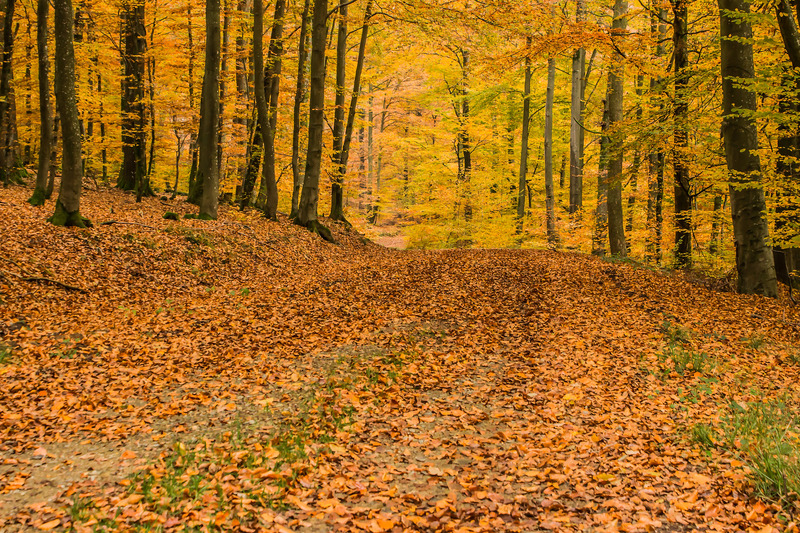This article is an excerpt from the book called “California Home Landscaping” by “Roger Holmes & Lance Walheim”. Thanks to the author for this insightful article about Mulch Materials. Some of these mulch materials are available for free from us.
Bark products.
Bark nuggets, chipped bark, shredded bark, ground bark, and composted bark, usually from conifers, are available in bags or in bulk. All are attractive, long-lasting, medium-price mulches.
Chipped tree trimmings.
The chip available from utility companies and tree services are a mixture of wood, bark, twigs, and leaves. These chips cost less than pure bark products (you may be able to get a load for free), but they don’t look as good and you have to replace them more often, because they decompose fast.
Sawdust and shavings. These are cheap or free at sawmills and woodshops. They make good path coverings, but they aren’t ideal mulches, because they tend to pack down into a dense, water-resistant surface. Sawdust can also blow around.
Hulls and shells.
Ground coconut hulls, cocoa hulls, and nut shells can be picked up at food-processing plants and are sometimes sold at garden centers. They’re all attractive, long-lasting mulches. Price varies from free to quite expensive, depending on where you get them.
Tree leaves.
A few big trees may supply all the mulch you need, year after year. You can just rake the leaves onto a bed in fall, but it’s better to chop them up with the lawn mower, pile them in compost bins for the winter, and spread them where needed in late spring. Pine needles like-wise make good mulch, especially for rhododendrons, azaleas, and other acid-loving shrubs. You can spread pine needles in fall, because they cling together and don’t blow around.

Grass clippings.
A 1- to 2- in layer of dried grass clippings makes an acceptable mulch that decomposes within a single growing season. Don’t pile clippings too thick, though. If you do, the top surface dries and packs into a water-resistant crust, and the bottom layer turns into nasty slime.
Hay and straw.
Farmers sell hay that’s unsuitable for fodder as “mulch” hay. Hay is cheap but likely to include weed seeds. Straw- the stems of grain crops such as wheat-is usually seed-free but more expensive. Both hay and straw are more suitable for mulching vegetable gardens than landscape plantings because they decompose quickly and must be renewed each year. They also tend to attract rodents.
Gravel.
A mulch of pea gravel or crushed rock, spread 1 to 2 in. thick, helps keep the soil cool and moist, and many plants grow very well with a gravel mulch. However, compared with organic materials such as bark or leaves, it’s much more tiring to apply a gravel mulch in the first place; it’s harder to remove leaves and litter than accumulate on the gravel or weeds that sprout up through it; it’s annoying to dig through the gravel if you want to replace or add plants later; and it’s tedious to remove the gravel itself, should you ever change your mind about having it there. Gravel mulches also reflect heat and can make a yard hotter than normal.
Landscape Fabrics.
Various types of synthetic fabrics, usually sold in rolls 3 to 4 ft. wide and 20, 50, or 100 ft. long, can be spread over the ground as a weed barrier. Unlike plastic, these fabrics allow water and air to penetrate into the soil. A topping of gravel, bark chips, or other mulch can anchor the fabric and hide it from view. If you’re planting small plants, you can spread the fabric and insert the plants through x-shaped slits cut in the fabric where needed. You can plant larger plants first, then cut and snug the fabric around them. Drip irrigation is best laid on top of the fabric, to make it easier to see clogs and leaks. It’s also useful to lay fabric under paths, although it can be difficult to secure the fabric neatly and invisibly along the edges of adjacent planting beds. Removing fabric- if you change your mind-is a messy job. However, there are newer biodegradable fabrics that break down after a few years.
Clear or black plastic.
Don’t even think about using any kind of plastic sheeting as a landscape mulch. The soil underneath a sheet of plastic gets bone-dry, while water accumulates on top. Any loose mulch you spread on plastic won’t stay in an even layer. No matter how you try to secure them, the edges of plastic sheeting always pull loose, appear at the surface, degrade in the sun, and shred into tatters.
We are Ridge tree trimming Service in Oakland CA, we offer tree service in Oakland for a reasonable price. Call us today (510) 250-5022
Continue reading about Prehistoric Forests of the San Francisco bay area

